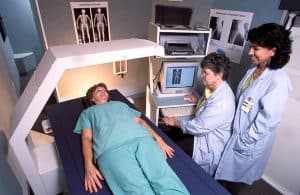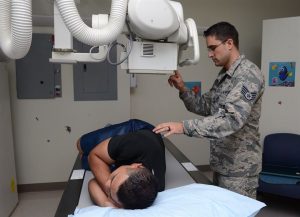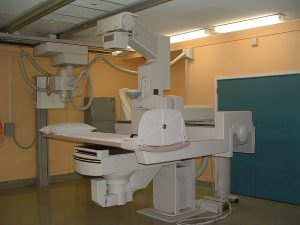Communicating Radiation Risk to Patients
Radiologic technologists play an important role in communicating radiation risk to patients. To this end, they must establish a rapport with the patient. One of the major challenges of risk communication is the difference in risk perception by healthcare professionals and the general public. To effectively communicate the risks and benefits of radiation exposure, radiographers need to understand this difference themselves. It is also important to remember that the general public may have obtained information from non-technical sources such as newspapers, magazines, TV shows, and Internet sites. Moreover, the layperson is prone to give equal importance to information from unverified sources and scientific bodies.




